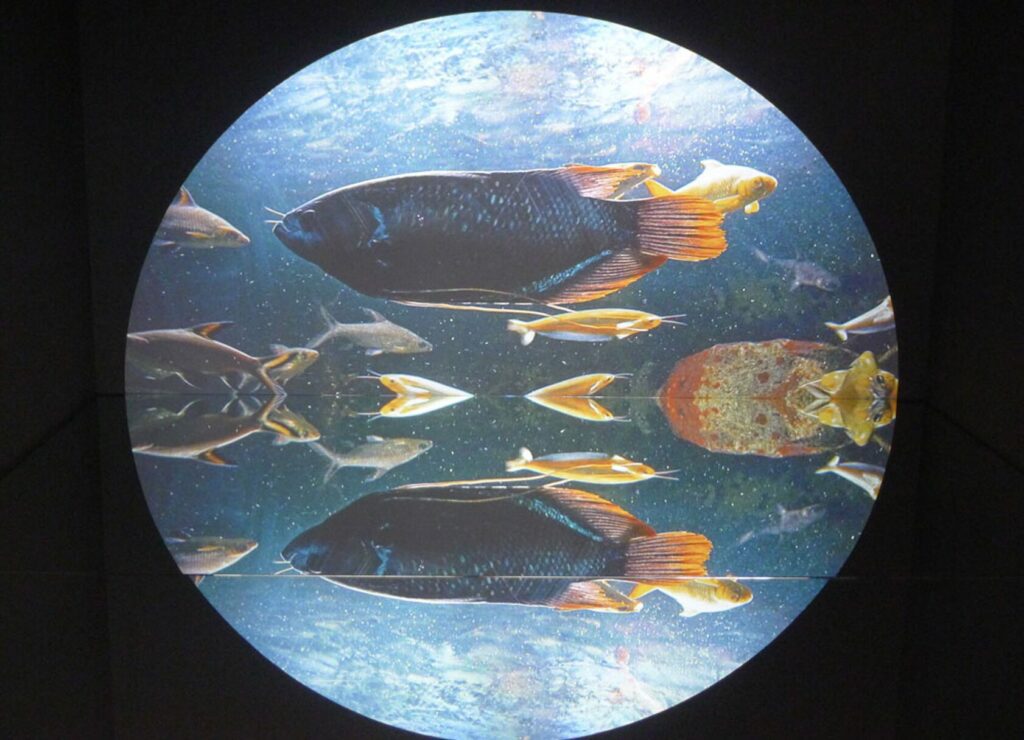Tiwani Contemporary, London, United Kingdom
30 Jun 2017 - 12 Aug 2017

Theo Eshetu, The Slave Ship, 2015, courtesy of Tiwany Contemporary
Tiwani Contemporary presents The Slave Ship (2015), a video installation by Theo Eshetu.
Eshetu is known for his pioneering work in film and video, combining his formal interest in the moving image with anthropological ideas to examine the notion of culture itself. This is the first time that The Slave Ship has been shown in the UK, after recent exhibitions at The Studio Museum in Harlem (2016) and Deichtorhallen, Hamburg (2016). Eshetu is currently participating in Documenta in Kassel and Athens.
With The Slave Ship, Theo Eshetu continues his exploration of the fundamental components of video – time, movement and light – and creates a pensive oceanic epic evoking the history of slavery. The title of the installation references one of J.M.W Turner’s most celebrated works, the 1840 painting Slavers Throwing Overboard the Dead and Dying – Typhoon Coming On (also known as The Slave Ship). The painting depicts the slave ship Zong pummelled by violent waves, as its captain throws enslaved men and women overboard in order to claim insurance.
The viewer is invited to look into a window that gives onto a pitch black space. There, a perfect, lucent orb shimmers with moving images of abyssal waters and enigmatic landscapes. The result of a play with perception and mirrors, the view from the window evokes telescopic visions, the specular reflections of still waters and the roundness of the earth. As the viewer is immersed in blurred marine currents and embarks on a voyage into the depths of oceanic memories, reality and fiction converge while myths past and present emerge.
Eshetu borrows from the legends of the Flying Dutchman (a phantom vessel condemned to sail the oceans for eternity, with a ghostly crew of dead men) and Drexciya (the underwater city founded by African slaves who were drowned during the Middle Passage) to suggest that the ghosts of deceased enslaved men and women still haunt the waters of European ports. The footage for the video was shot in Hamburg, Germany, where the Swedish Africa Company traded in slaves, gold, ivory and sugar from São Tomé from 1649. Eshetu uses the metaphor of the oceans to examine the legacy of historic trade from South to North, and its current currency in the present trade of goods and migration at sea.
.